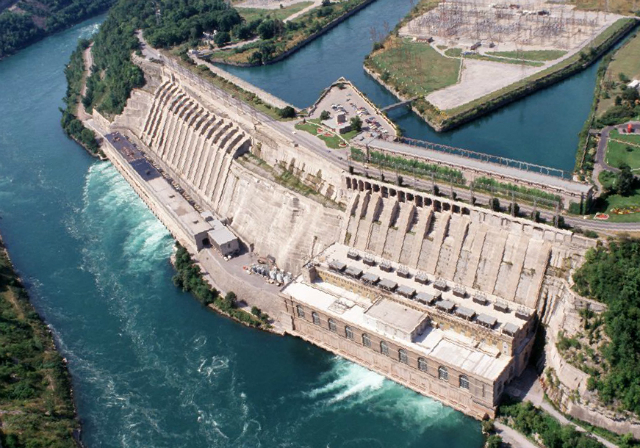Hydro One Ltd. (TSX:H) released its quarterly results on Tuesday. The company posted earnings per share of $0.20 for the quarter — down from $0.26 a year ago. Total revenue of $1.37 billion for the period had decreased from $1.55 billion a year ago for a decline of over 11%. Net income of $117 million was also down 23% from the prior year when it posted a profit of $152 million. The company blamed milder weather for the drop in revenue and profitability.
Although the results are not inspiring, let’s dig a little deeper to see if you should consider Hydro One for your portfolio.
Segment analysis
Hydro One’s main segments are the transmission and distribution of power. Both areas saw overall usage down for the quarter compared to the prior year.
Transmission usage was down over 5% from 2016, and revenue for the segment dropped by a comparable rate. However, the income from this segment dropped by over 18% from a year ago.
The distribution segment also saw usage decline by 4.5% although net revenue was flat from last year. Income from distribution also dropped by about 5.5% from a year ago.
Margins were impacted by increased maintenance and administration costs, which were driven by multiple storms that took place in the quarter and led to higher restoration costs. The added maintenance expenses caused the segments to be less profitable than expected.
Acquisition of Avista Corp.
Earlier this year, the company announced the acquisition of the U.S. utility company, Avista Corp., allowing Hydro One access to the U.S. markets for a cost of $6.7 billion. Avista currently has operations in Washington, Oregon, Montana, Idaho, and Alaska.
Previously, Hydro One only operated in Canada’s largest province. Politically, this acquisition does not sit well with many who fear that operations south of the border may get priority service. However, the Ontario government still remains the largest shareholder of Hydro One, so it will have a lot of say in the company’s operations.
Stock performance and valuation
Hydro One has seen its stock price decline over 14% in the past 12 months, and even the acquisition of Avista did not inspire confidence in investors as the stock continued to drop after news of the acquisition.
The stock was also down over 2% on Tuesday as a result of the disappointing earnings results. However, the drop in the share price has made the dividend yield about 4% annually and makes it a bit more attractive for dividend investors.
The stock is currently trading around 20 times its earnings and 1.4 times its book value. Although the earnings multiple might be a tad high for a utility company, Hydro One’s expansion into U.S. markets might well justify the premium price tag given the new growth opportunities that are now available.
Bottom line
Hydro One offers a good dividend, strong growth opportunities in the U.S. and Canada, and a reasonable valuation. In three of the last four years, the company has shown sales growth while being able to maintain steady profits along the way. Hydro One is also a fairly low-risk investment given that it is a utility company with heavy influence from the provincial government.
Taking into account all of the above factors, I would suggest Hydro One be in your portfolio, as it offers something for value, growth, and dividend investors.








